Flash VS Continuous Lighting
The correct lighting can make or break an image which is why every photographer has a distinct style and lighting technique to make their images stand out. Different photography styles can be achieved by using either studio flash or continuous lighting depending on your approach, but lighting ultimately depends on the preference of the photographer. Whether you’re a novice or a professional exploring new lighting options, there are a few factors to consider for each option to make the right decision for your chosen photography style.
Flash Lighting
Strobes or flashes do just as the name suggests, the light appears for a brief moment rather than lighting the scene continuously. When you're using a flash as a light source the duration of the flash can be anywhere from an average of 1/1000 sec to as fast as 1/10,000 seconds or more. Most cameras will synchronize with the flash up to a shutter speed of anywhere between 1/60th to 1/300th of a second and cameras that support high-speed sync will go even higher.
Why use Flash?
The brightness of the flash units combined with their extremely fast speed makes flash a great solution for situations where you need to be able to stop fast movement such as sports or pet photography. Flash is also good for photography where you want to overpower ambient light and make your subject appear brighter than their natural setting.

It's also ideal for situations where you need or want to use artificial light, but you can't place it close to your subject, for example, while photographing football players on a field but the higher-powered flash units will be able to reach and light subjects more effectively.
In comparison, to freeze motion with continuous lighting you will have to use a faster shutter speed, meaning that you will either have to open up your aperture, or increase you ISO to compensate for the faster shutter speed, whereas with flash lighting, you can use the duration of the flash to freeze motion.
Flash Lighting Options
Speedlights and studio flashes are popular types of flash for photography. Speedlights can be used on-camera with a hotshoe, or mounted on a stand, and are versatile, portable and more affordable compared to strobes, which come with higher power output, recycle time and modifier adaptability.
Speedlights and compact flashes are powered by batteries, while AC power studio strobes are generally designed to work with mains power only.
Battery-Powered Options
Pack and Head System: The AD1200PRO is a powerful battery-powered flash lighting system that provides flash durations of 1/200s to 1/10860s and speedy recycling times between 0.01 – 2.0 seconds. The flash also provides incremental lighting control along with superior colour consistency providing allowing you to experiment with different temperatures and accuracy. It also comes with an AC adapter so you don’t have to worry about the battery running out.
Battery monoblock: The PIXAPRO CITI 600 Battery Powered Flash (Godox Wistro AD600BM) features a high-speed and powerful strobe flash with built-in technology enabling shorter flash durations between 1/220 second to 1/10,000 second for sharper images. The recycling time between 0.01 and 2.5 seconds also provides optimum flash control depending on what you’re shooting. PRO version is available, CITI400PRO and AD600PRO which provide better colour accuracy with fast flash duration and recycling time This option can be used with AC adapters which means they can be powered by the lithium-ion battery as well as a power outlet.
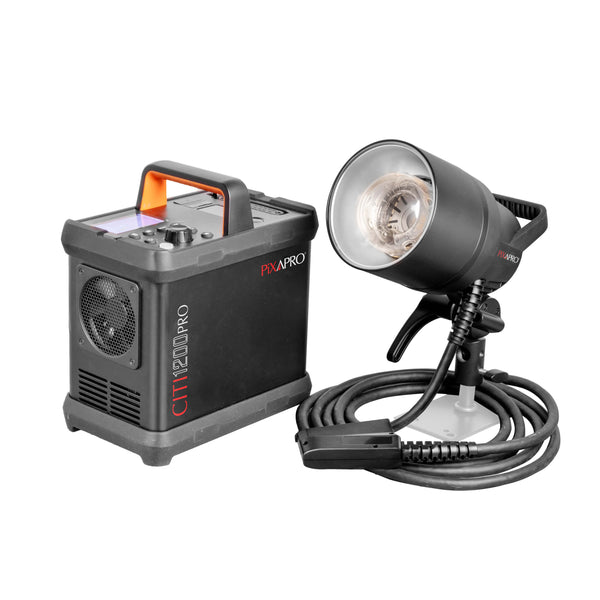 |
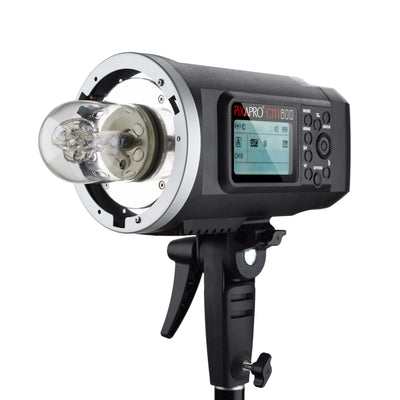 |
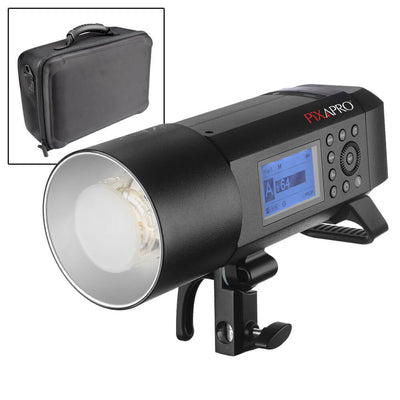 |
 |
 |
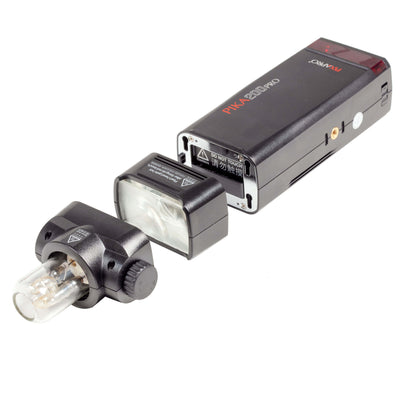 |
 |
 |
Pocket Flash: There are options available for pocket flashes including the CITI100PRO, PIKA200PRO, and CITI300PRO. A pocket flash is similar in size to a Speedlite but it comes with higher power output. These strobe flashes are portable and come with high-speed sync (HSS) and a rechargeable lithium-ion battery that provides full-powered flashes with minimal recycle time.
Speedlites: The PIXAPRO GIO1 TTL Compatible Speedlite (Godox's V1) comes with a round head that produces a powerful beam of light with an exceptional flash duration of up to 1/20,000 second.
Main AC Options
For straightforward studio flash options, the LUMI and KINO ranges are designed for standard and entry-level usage for flash photography. The LUMIs are also a great starter when moving from speedlite to studio flash as they offer around 3 times more power output, with features such as a built-in receiver, slave mode, fast recycling time and flash durations.
For a more versatile option with more advanced features, the STORM/QT Series is designed for specific usage such as action capture, stroboscopic mode, HSS, colour stable mode, etc. They have an ultra-short flash duration and super-fast recycling times at 0.05-0.9s, and options in up to 1,200w.
Continuous Lighting
Continuous lighting such as LEDs don't flash, and instead display light constantly so what you see is what you get. This can be a great asset for beginners to lighting or even advanced professionals who are working with very intricate lighting setups.
Continuous lighting can come in different forms, such as fluorescent lighting, LED Panels, LED Heads and more.
The Benefits of Continuous Lighting
Continuous lights are generally mains powered but many have the ability to run on readily available batteries. Continuous light also allows photographers to shoot without the need for a trigger, meaning multiple photographers can shoot at the same time if needed. LED lights also frequently have the built-in ability to modify the colour temperature from tungsten to daylight balance, however, this does come at the cost of reduced brightness.
See Similar: Using Continuous Lighting over Flash as a Beginner by James Marson
The advantage of continuous lighting is that what you see is what you get. What you see in front of you is what your final photo will look like, whereas with flash lighting, you have to take the photo to see the result. Continuous lighting will also allow you to shoot video as well as stills, so if you're looking for multi-faceted content creation, LED might be your best option.
Continuous lighting also enables you to shoot at wider apertures for that shallow depth of field look which is sometimes difficult to achieve with studio flash due to its higher light output.
Continuous Lighting Options
The DAYLiTE4 MKIII Single Head Unit is an economical solution for continuous lighting as it can accommodate up to four fluorescent lamp bulbs while being energy efficient. This light can be used for shooting portraits, still life, products, and even interviews.
Glowpad Series slim-profile LED panels produce a broad diffused light source

without the need for a softbox thanks to the built-in diffusion, which makes the light much softer. These are great for small product photography shoots, baby photography, and vlogging.
Different LED panels have different beam angles and serve different purposes. Lights with a narrower beam angle (such as 45°) are great for when you need to light your subjects from a greater distance. Since the beam is more focused, it maintains its intensity, allowing the light to travel further. The VNIX series is a great example of this. This type of panel is great when you are looking for evenly distributed light, for example green screen, TV studios.
 |
 |
 |
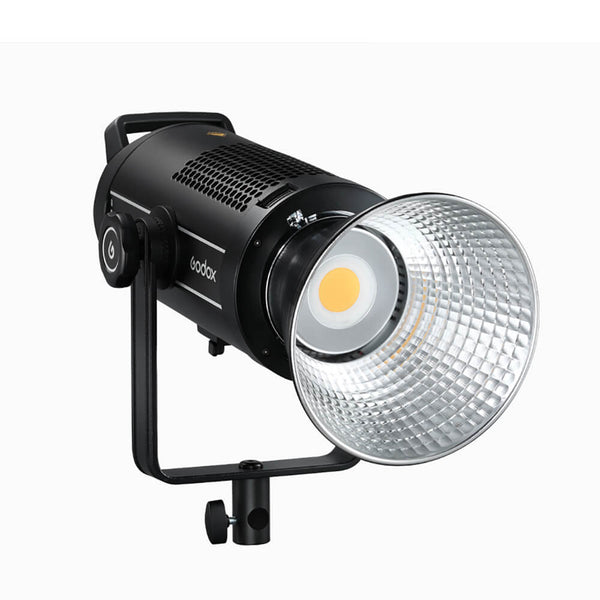 |
 DAYLiTE4 MKIII Single Head Unit DAYLiTE4 MKIII Single Head Unit
|
COB LEDs in studio head light formats are getting more and more popular for their quality of light and ability to shape the light with different light modifiers (many in the popular Bowens S-Type fitting), and they are generally more powerful than LED panels. COB LED technology is a direct chip on the board, which provides improved light efficiency, improved glare effect of LED lights, and reduced light loss.
See similar: Exploring the Benefits of LED Lighting in Photography
A wide selection of Godox COB LED lights can be found on our website, with different features including silent fans, built-in lighting effects, varying powers (up to 500w or even more if you consider the film-grade KNOWLED range), all with Bowens S-Type fittings for easy modification with things like softboxes and snoots.
The Verdict
The simple reality is that you will not find one singular light that is best suited for every single situation. If you're new lighting and plan to shoot people or products, we'd recommend starting with continuous lighting as the constant light source will allow you to see what you're doing and will help you develop your lighting skills.
Flash offers more power and depth of field and suitability for action shots and freezing high-speed movement. Continuous lights can be used for both video and photo at the cost of power.
If you'd like some advice for your shooting situation and you're still stuck between LED and flash, get in touch with us at info@essentialphoto.co.uk and our Product Advisor team will be able to help with some recommendations on lighting to get you started in your photography journey!

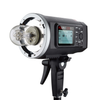
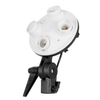
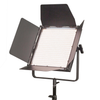
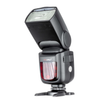
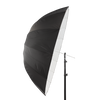
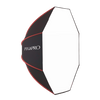
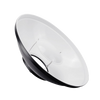
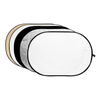
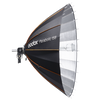
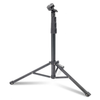
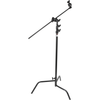
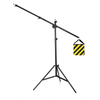

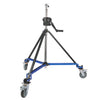
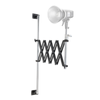
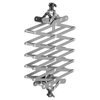

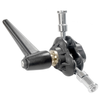
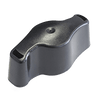

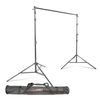
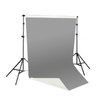
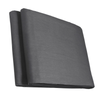

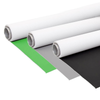


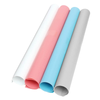
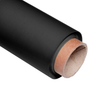
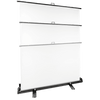

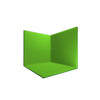
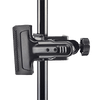

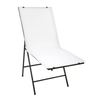
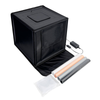
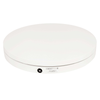

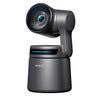
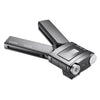
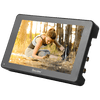
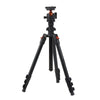
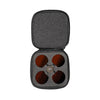

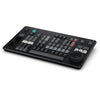
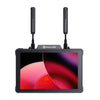
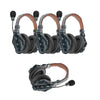
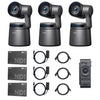
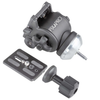

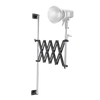
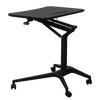
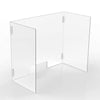

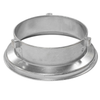
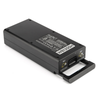
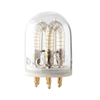
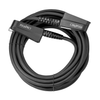
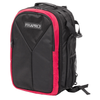
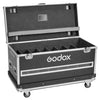
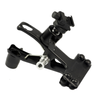
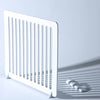
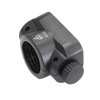
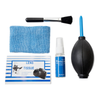





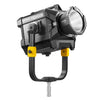

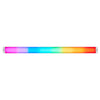
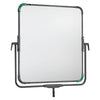
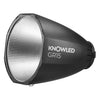
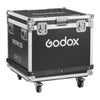
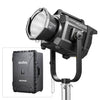
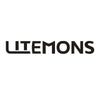
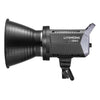
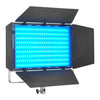
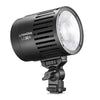
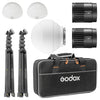
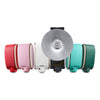
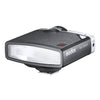
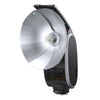
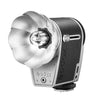
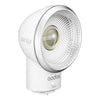
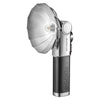
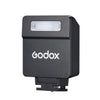
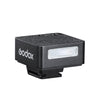

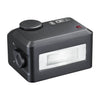
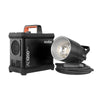
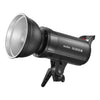
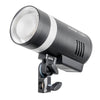
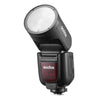
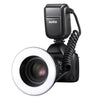
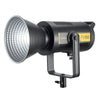
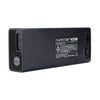
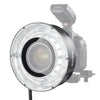

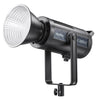
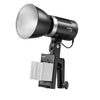
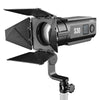
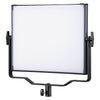
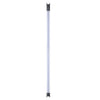
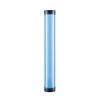
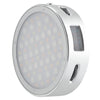
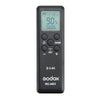
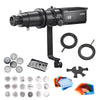
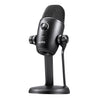
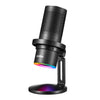
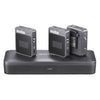
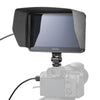
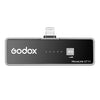
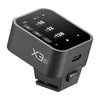
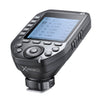
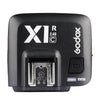
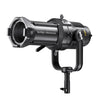
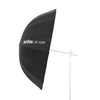
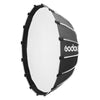
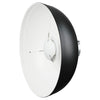
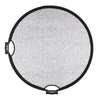
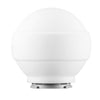
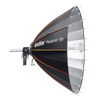
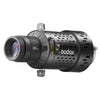

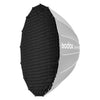
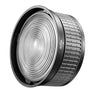
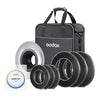
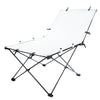
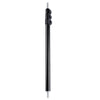
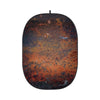
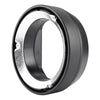
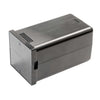
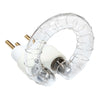
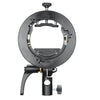
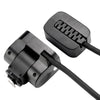
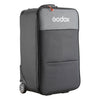
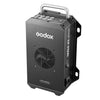
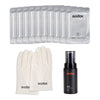
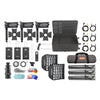
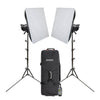
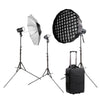
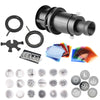
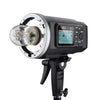
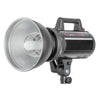
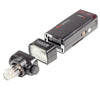
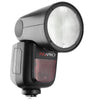
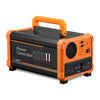
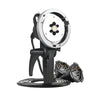
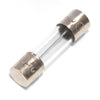
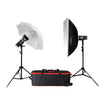
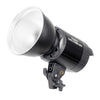
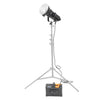
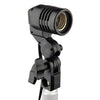
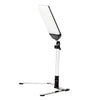
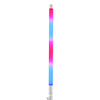
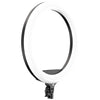
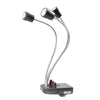

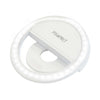
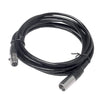
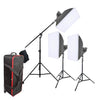
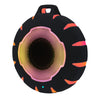
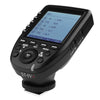
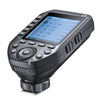
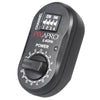
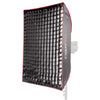
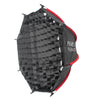
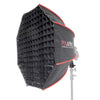
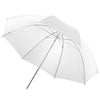
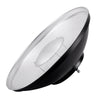
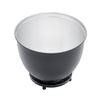
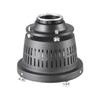
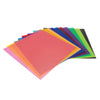
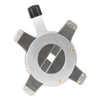
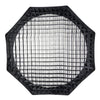
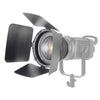
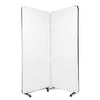
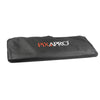
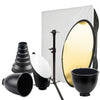
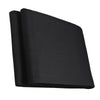
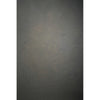
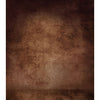
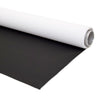
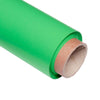
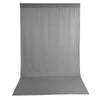
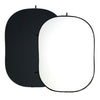
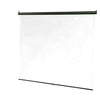
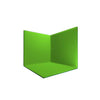
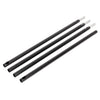
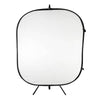
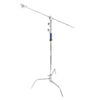
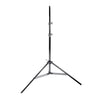
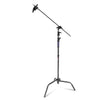
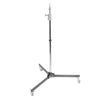
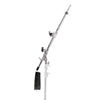
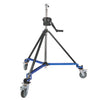
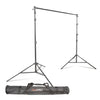
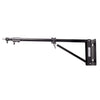
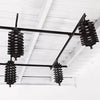
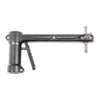
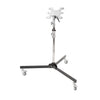
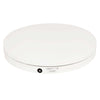
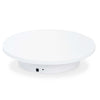
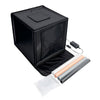
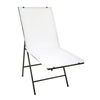
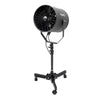
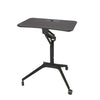
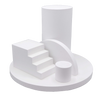
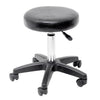
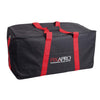
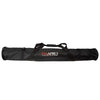
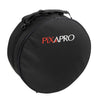
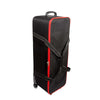
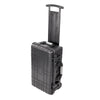
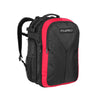
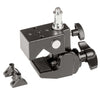
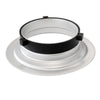
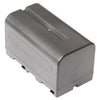
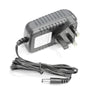
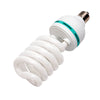
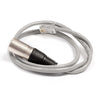
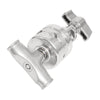
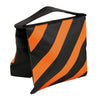
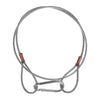
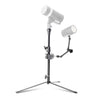



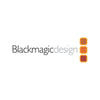
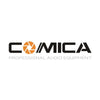

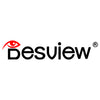

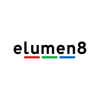

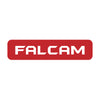
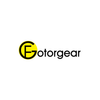



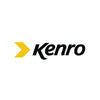

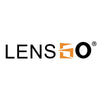

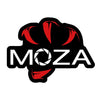




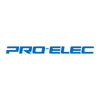


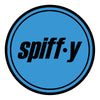
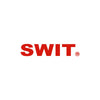





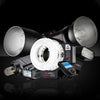
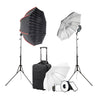
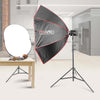
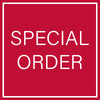







.png?v=1684398018113)



